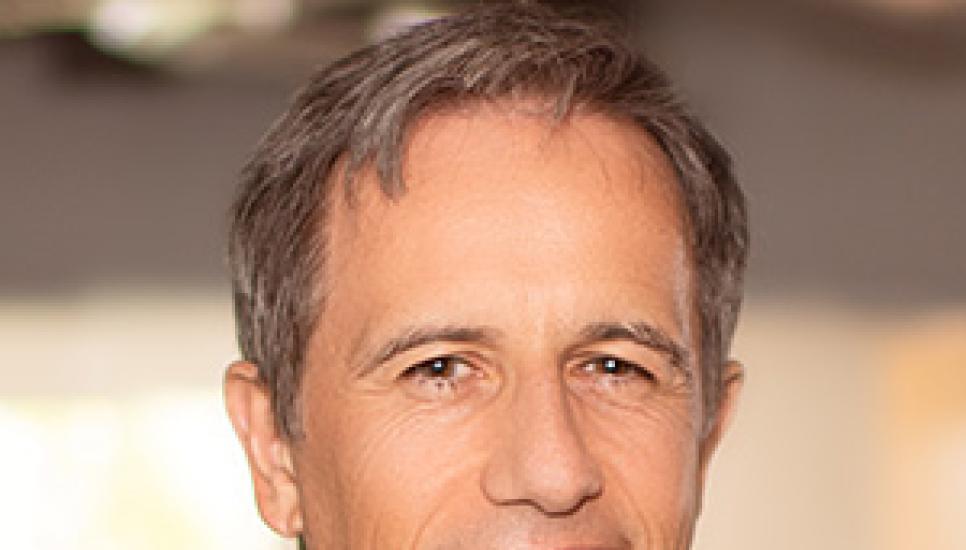The 3D modelling software set to remap the future of cardiac procedures

inHEART is pioneering precise digital maps in a process that could revolutionise cardiac care. Ahead of presenting at the 32nd edition of the MedTech investing (MTi) forum on June 6 and 7, president and chief executive officer Todor Jeliaskov explains the benefits and potential future applications of the platform.
What is inHEART?
“We’re a digital healthcare company revolutionising cardiac arrhythmia management. Our product is a digital twin of the patient's heart which is used before and during arrhythmia ablations to make the procedures more efficient and effective, and to improve patient care in general. inHEART has a CE mark and FDA registration for its software.”

How did you pinpoint the need for the platform?
“The company is a continuation of research that was started at IHU Liryc, the famous cardiac arrhythmia management research institute in Bordeaux, France. IHU Lirycstarted research in 2012 into the clinical value imaging would bring to ablation procedures. After successfully demonstrating and validating the value proposition, inHEART was founded in 2017 by physicians who understand first-hand the clinical needs to improve their ablation workflows and the quality of life for their patients.”
How has the platform been received so far by medical professionals?
“It's something new to them. Usually, the physician enters the heart chamber with a mapping catheter where he maps the electrical properties of the heart and identifies the origin of the arrhythmia. This mapping can take up to five or six hours, so it's a very long process. It’s like an explorer going into a totally dark cave with a flashlight. We are offering our potential users trial cases so that they can learn about our technology, and we’ve found that once a physician starts using inHEART, there’s no going back. It's such a big difference to how they have worked before because, for the first time, wealth of structural and substrate information is visible and available prior to and during the procedure. It provides the physician with more confidence in treating and managing sick patients, it makes performing the ablation less risky and, for the patients. Like I mentioned before, once physicians start using inHEART, there’s no going back.”
Are there any other potential uses for the platform?
“Sudden cardiac death is a huge problem because it's unpredictable. The common way to prevent it is to use an implantable defibrillator. There are companies like Medtronic and others who have such a defibrillator on the market, but the challenge is how to select the patients who need to receive a defibrillator.
“Today’s predictor of sudden cardiac death is the left ventricle ejection fraction - which is a measurement of how well the left ventricle functions and how well it pumps blood into the body. However, more than 70% of sudden cardiac deaths are missed by this predictor. Clinicians need a better predictor. Our digital twin of the patient heart will utilise artificial intelligence for physiological simulations to improve the accuracy of predicting sudden cardiac death in the future.”
Todor Jeliaskov will present inHEART to attract investment as Campden Wealth returns to Lausanne, Switzerland, for the 32nd edition of the MedTech investing (MTi) forum on June 6 and 7.
Since 2003, (MTi) has brought Campden Wealth’s community together with general partners from venture capital, innovation and investment managers from biotech, pharma, and medical devices multinationals, as well as start-ups and SMEs looking for smart capital.
For further information, contact Mounira Ruma via mouniraruma@campdenwealth.com.
Campden Wealth is not an investment advisory service and is not a registered investment adviser or broker/dealer and has performed no due diligence and does not endorse any investment services, strategies or managers listed in Managerlink or at any other Campden Wealth event. You should perform your own extensive due diligence.






